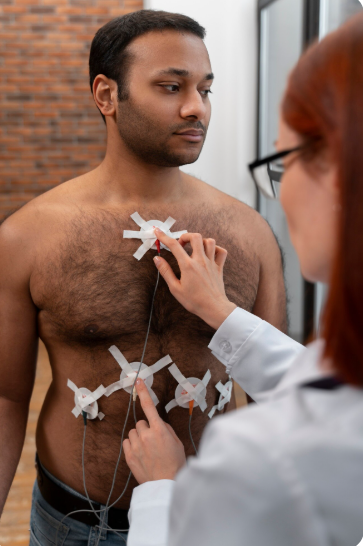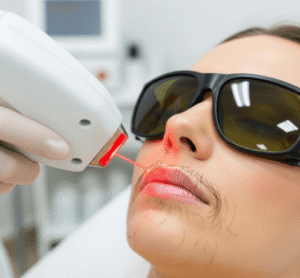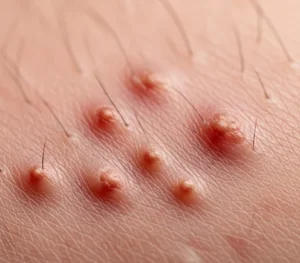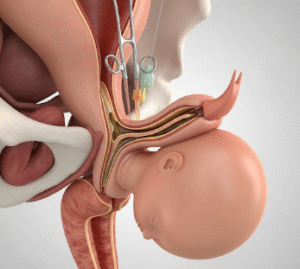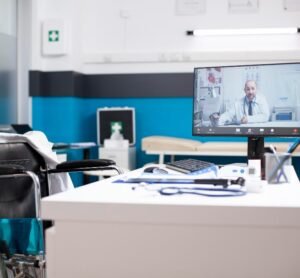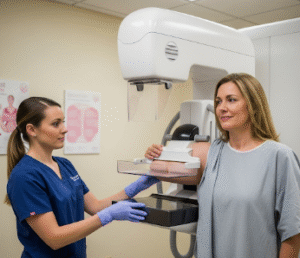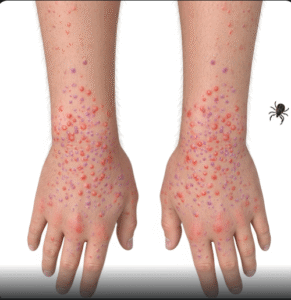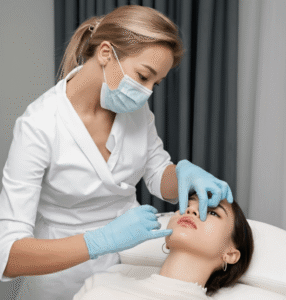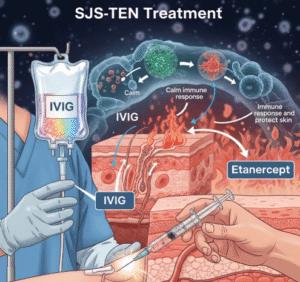What It Is
Male chest liposuction is a surgical procedure designed to remove excess fat from the chest area in men, creating a firmer and more masculine chest contour. It is often sought by men who struggle with chest fullness, sometimes referred to as “pseudogynecomastia” (fat-related chest enlargement, not glandular).
In Korea, male chest liposuction is performed with precision techniques, advanced technology, and a strong emphasis on natural-looking, athletic results. It can be done as a standalone procedure or in combination with other treatments if glandular tissue (true gynecomastia) is also present.
Why It’s Done
Male chest liposuction is typically chosen for:
- Reducing excess fat that makes the chest appear soft or enlarged.
- Achieving a firmer, more athletic chest contour.
- Improving self-confidence and comfort when wearing fitted shirts or going shirtless.
- Addressing stubborn fat resistant to diet and exercise.
This treatment is not a substitute for weight loss but can significantly enhance body proportions and masculinity.
Alternatives
Other options may be considered before chest liposuction:
- Exercise and weight management: Strength training and fat loss can reduce overall chest fat, though localized fat may remain.
- Non-surgical fat reduction: Procedures such as cryolipolysis (fat freezing) may provide subtle improvements.
- Male chest reduction surgery: For men with glandular tissue (true gynecomastia), surgical excision may be needed, often combined with liposuction.
- Combination treatments: Liposuction plus gland removal for comprehensive chest contouring.
Preparation
Before undergoing chest liposuction, patients typically follow these steps:
- Consultation: A detailed discussion with a surgeon to determine if the enlargement is fat, glandular tissue, or both.
- Medical evaluation: Physical examination, blood work, and sometimes ultrasound of the chest.
- Lifestyle adjustments: Avoiding alcohol and smoking at least 2–4 weeks before surgery.
- Medication review: Stopping blood thinners and other interfering drugs as advised.
- Planning recovery: Arranging for support at home during the initial recovery period.
How It’s Done
Male chest liposuction is usually performed under local anesthesia with sedation or general anesthesia. The procedure typically involves:
- Marking: The surgeon outlines the fat removal zones.
- Anesthesia: Ensures comfort during surgery.
- Small incisions: Tiny cuts made in discreet areas, often along the natural chest fold or armpit.
- Tumescent solution: Injection of fluid to reduce bleeding and loosen fat.
- Fat removal: A thin cannula suctions out fat with precision, sculpting a flatter chest contour.
- Closure: Small sutures or adhesive strips close the incisions.
Surgery usually takes 1–2 hours, depending on the amount of fat removed.
Recovery
Recovery after male chest liposuction is generally straightforward:
- First days: Swelling, bruising, and mild soreness are common. A compression vest is worn to support healing and reduce swelling.
- Activity: Light walking is encouraged within a day; strenuous activities and chest workouts should be avoided for 3–4 weeks.
- Follow-ups: Regular visits are scheduled to monitor healing.
- Results: Visible improvements within weeks, with final results appearing after 3–6 months once swelling subsides.
Possible Complications
As with all surgeries, male chest liposuction carries risks, including:
- Infection or bleeding.
- Irregular chest contours or asymmetry.
- Skin laxity if significant fat is removed.
- Numbness or temporary skin sensitivity changes.
- Small scars at incision sites (usually well-hidden).
- Rare but serious risks such as deep vein thrombosis (DVT) or anesthesia-related complications.
Experienced surgeons in Korea minimize these risks with meticulous technique.
Treatment Options in Korea
Diagnosis
- Comprehensive consultation with a plastic surgeon to determine whether chest enlargement is due to fat, glandular tissue, or both.
- Imaging or ultrasound when glandular tissue is suspected.
Medical Treatments
- Pain relief, antibiotics, and anti-inflammatory medications provided after surgery.
- Compression vests tailored for men to support chest healing.
Surgical or Advanced Therapies
- Standard liposuction: Removal of chest fat using micro-cannulas.
- Laser-assisted liposuction: Melts fat and helps tighten skin.
- Ultrasound-assisted liposuction: Breaks down fat for smoother removal.
- Combined surgery: Liposuction with glandular excision for patients with gynecomastia.
Rehabilitation and Support
- Post-operative massage therapy to reduce swelling and fibrosis.
- Physical therapy for chest mobility if needed.
- International patient support, including interpreters and virtual follow-up consultations after returning home.

